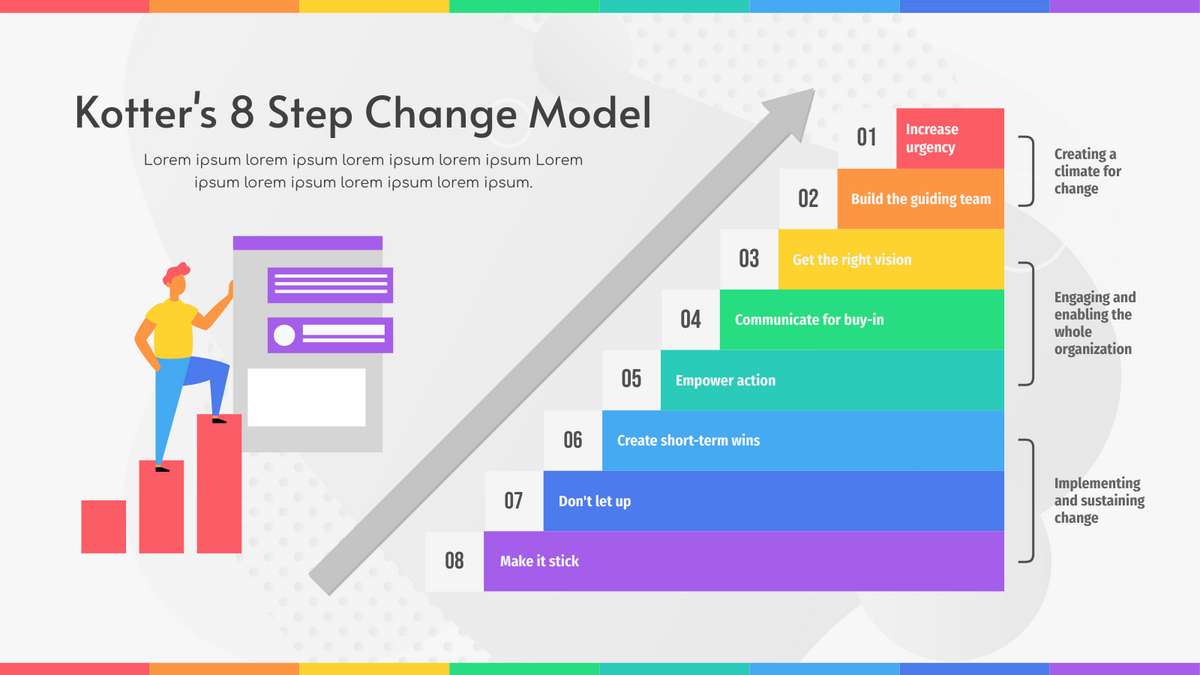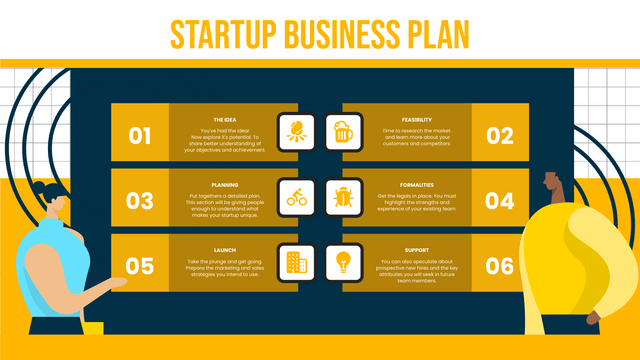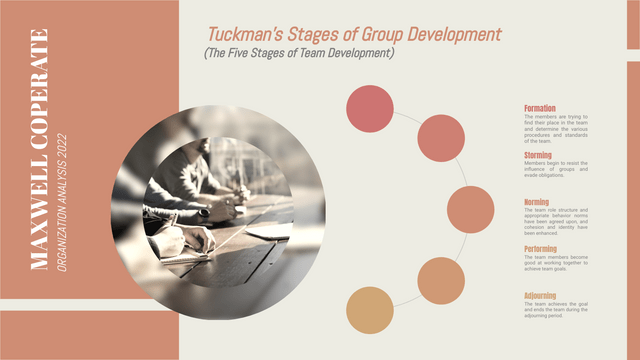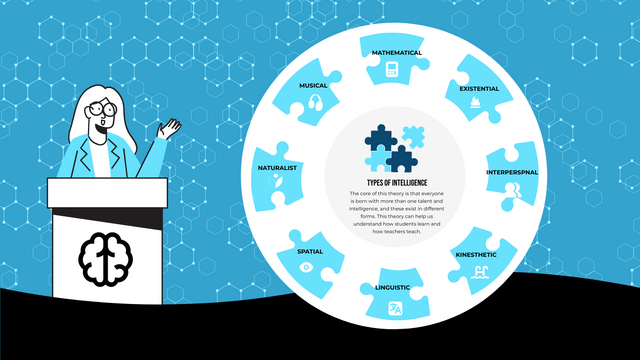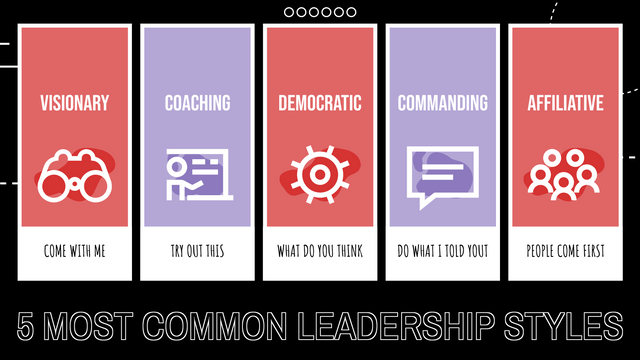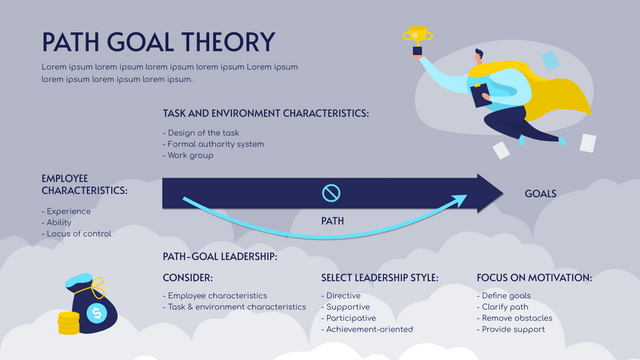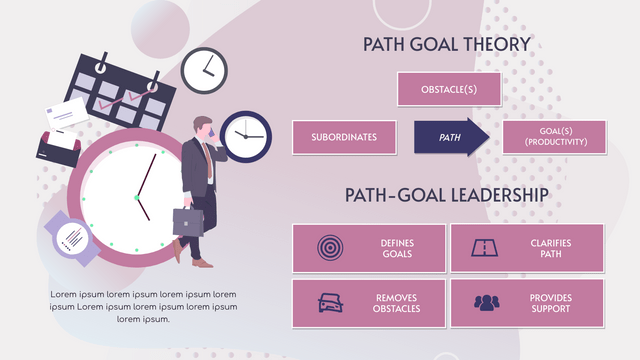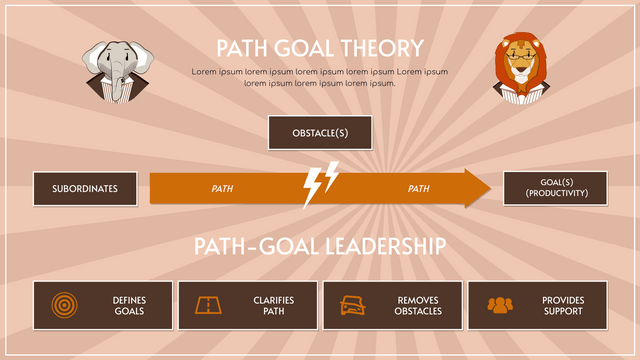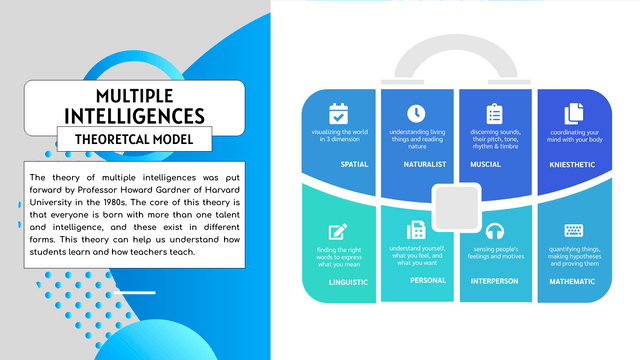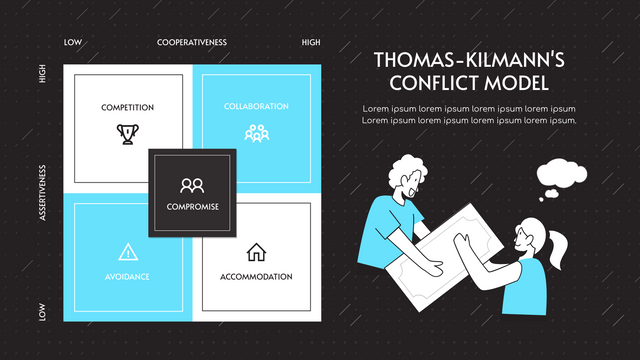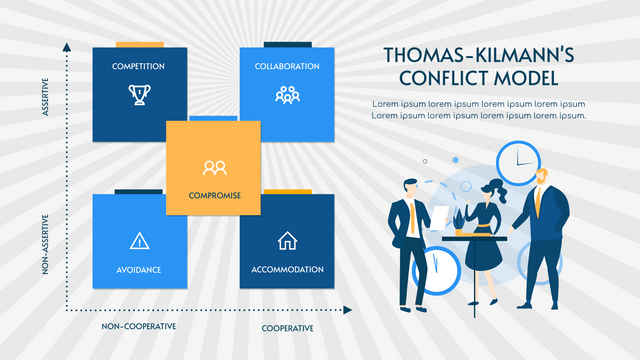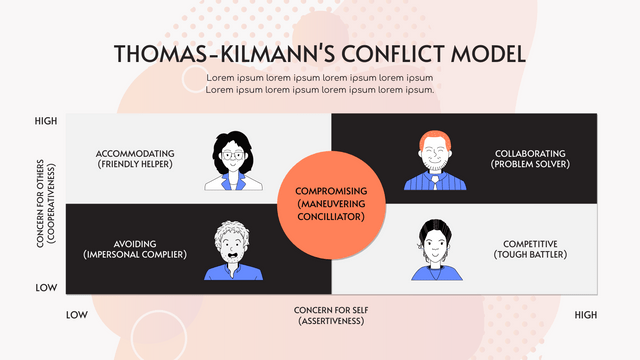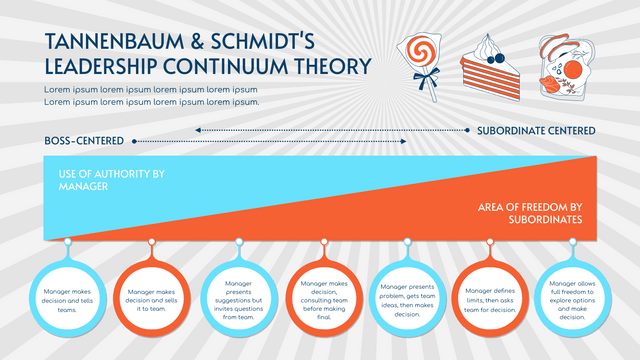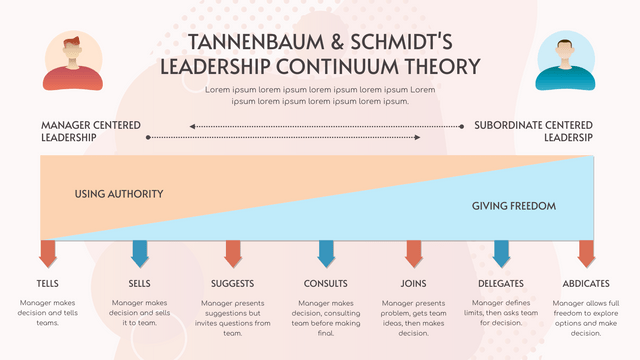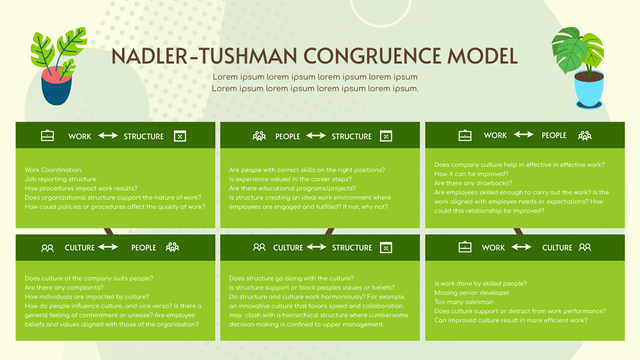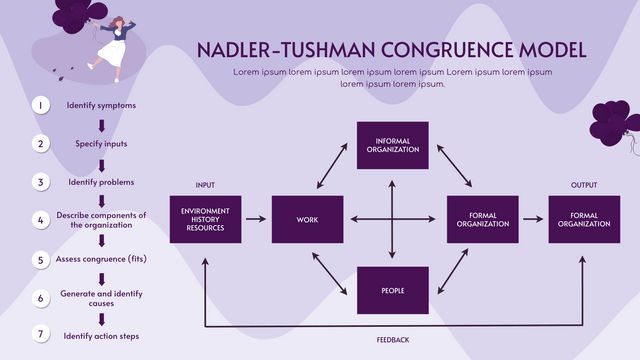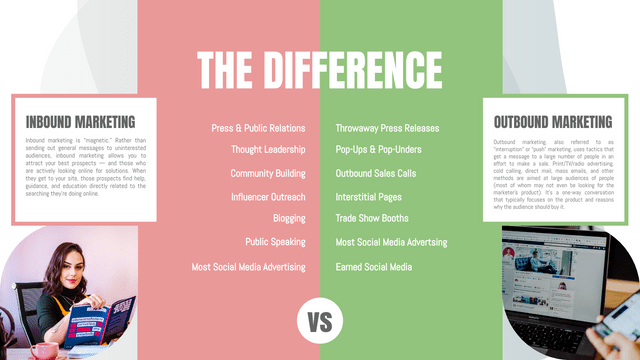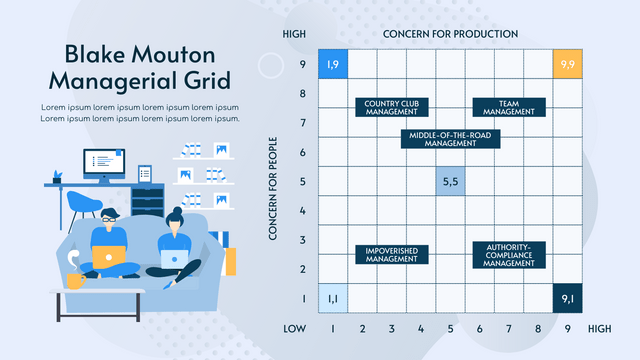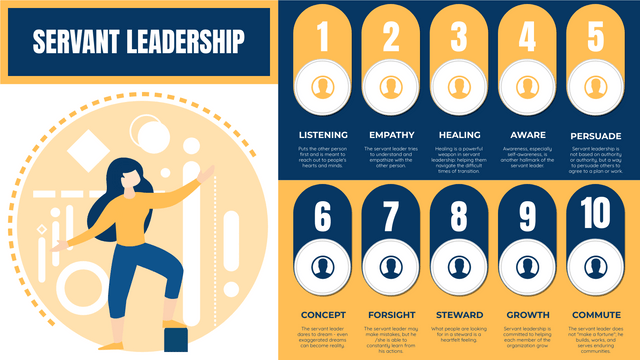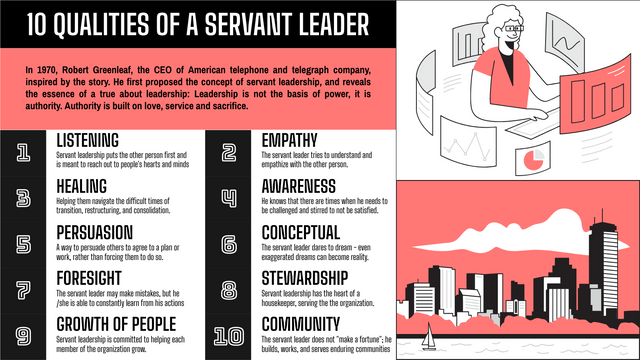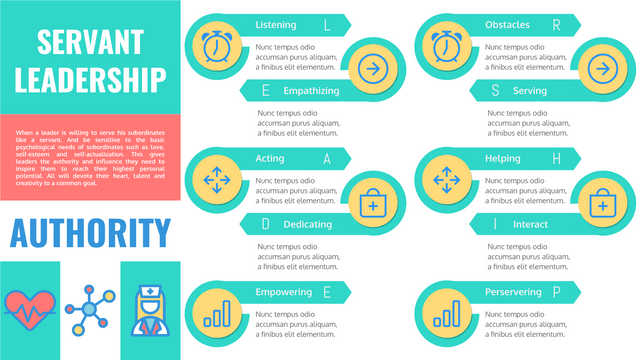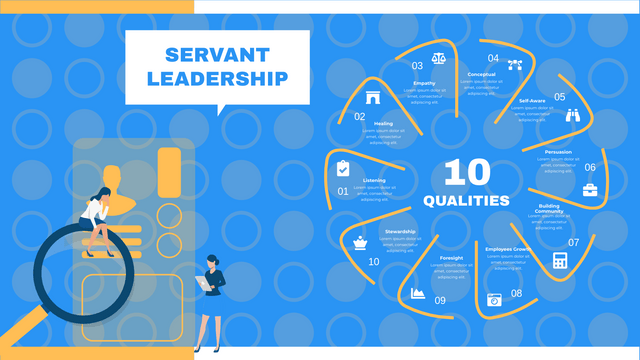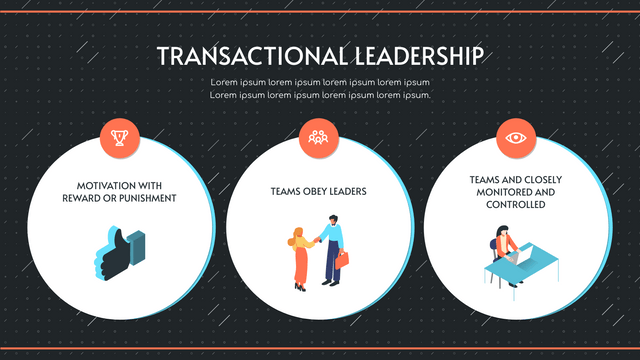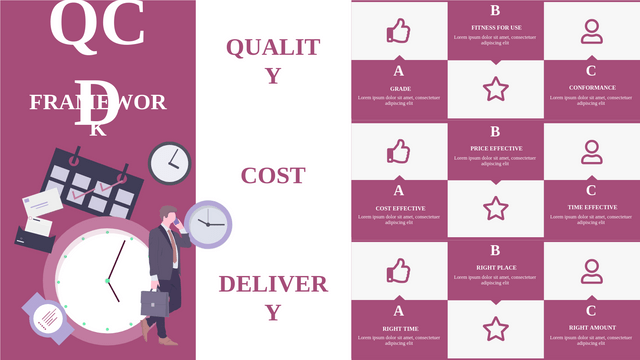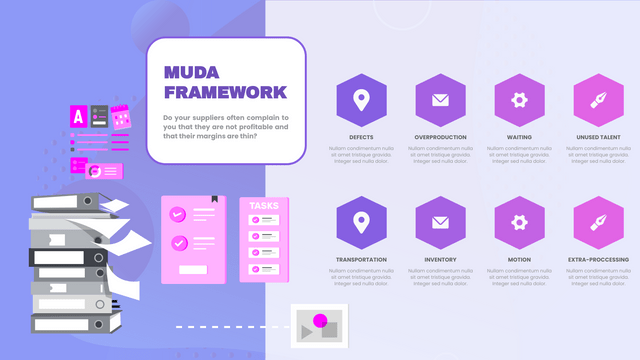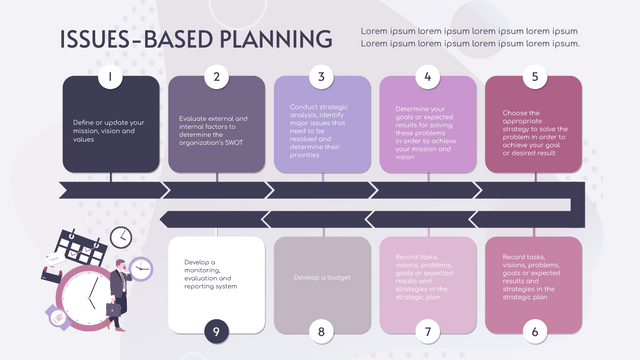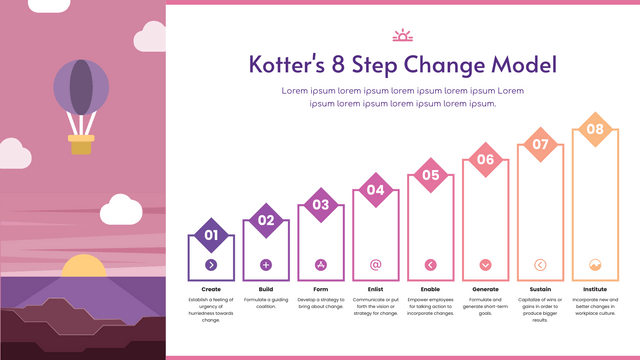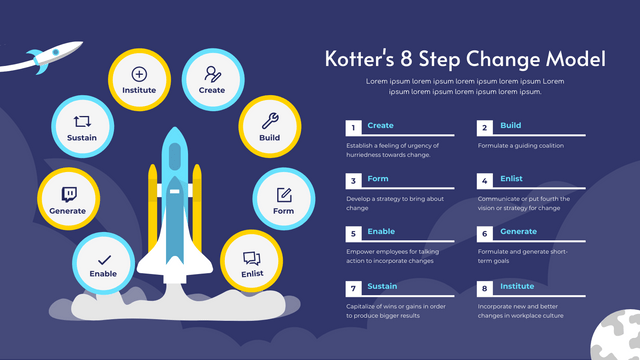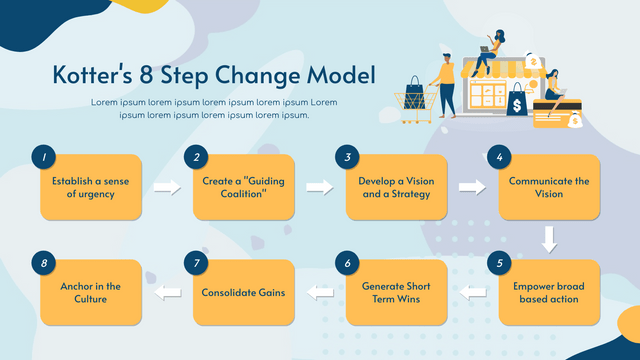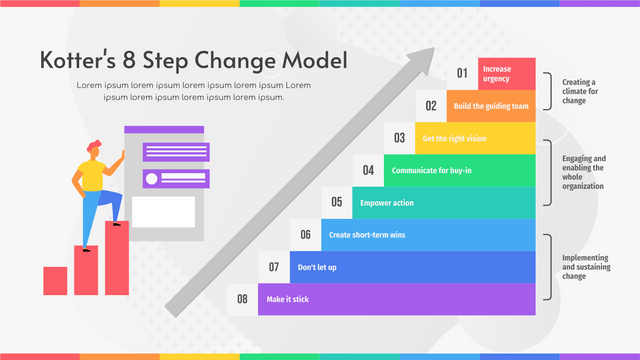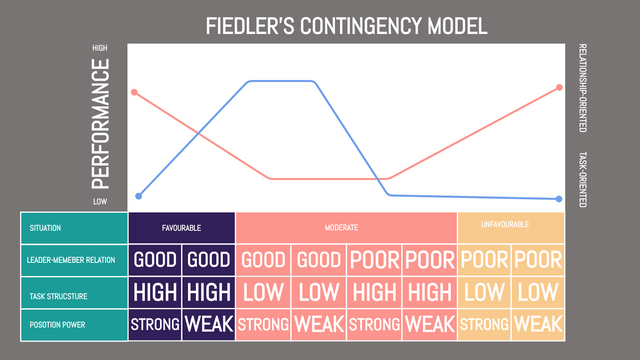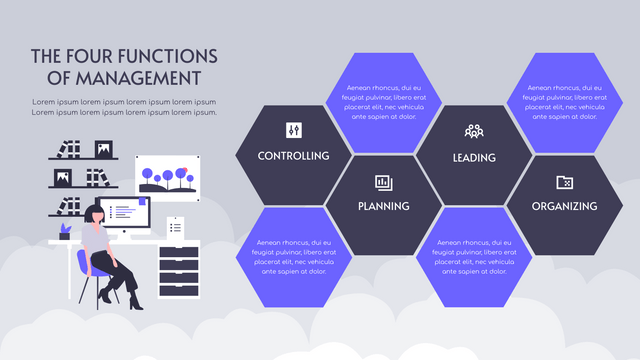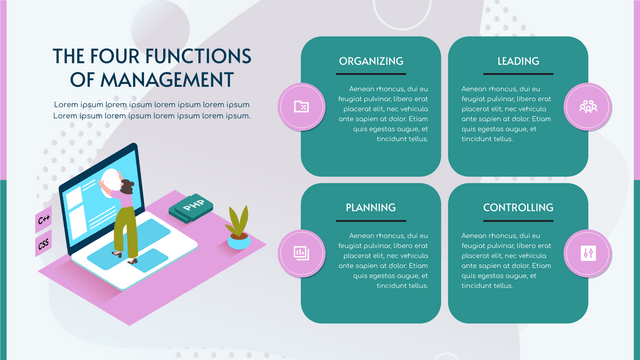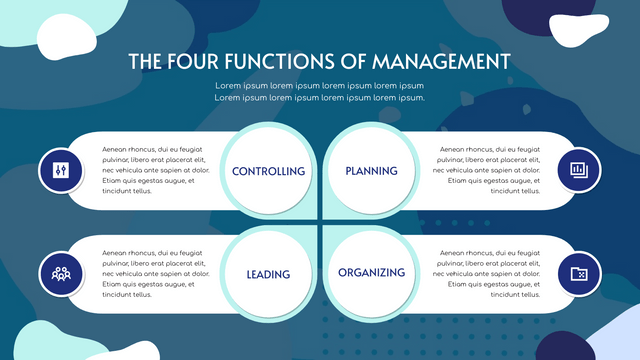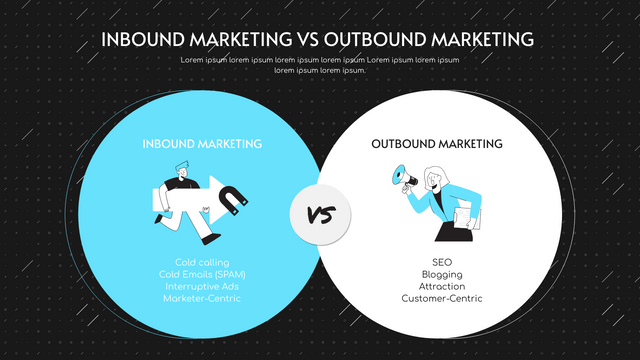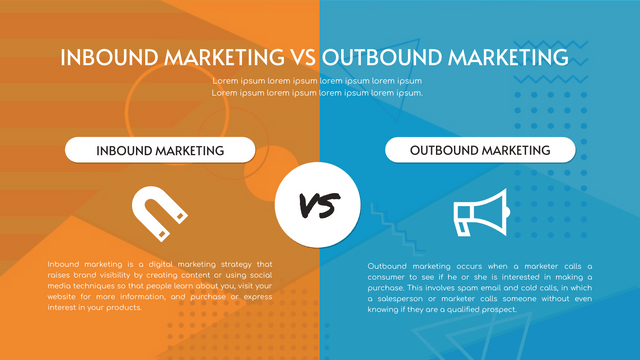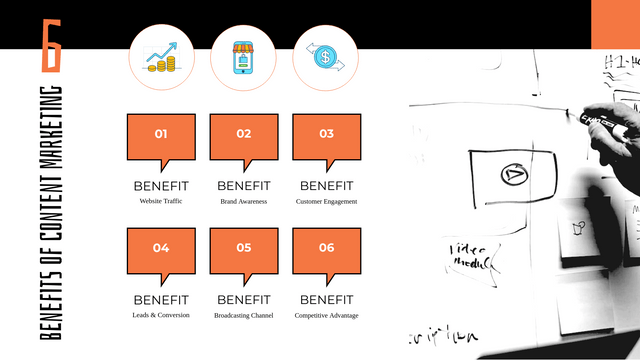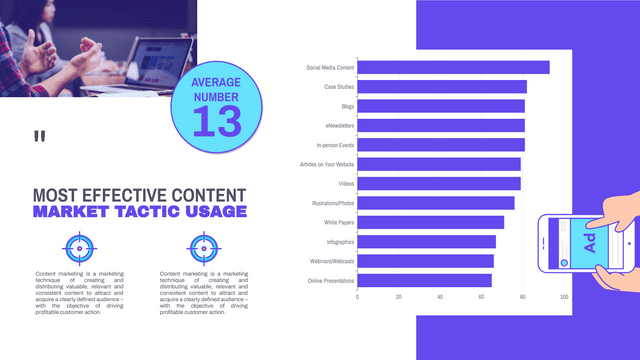What is the Kotter’s 8 Step Change Model?
John Kotter, a professor at Harvard Business School, has studied many companies that have successfully implemented change in their organizations. As a result, he developed a common eight-step change model that other organizations could follow to make changes.
Successful large-scale change is a complex affair. According to John Kotter's research, long-term studies show that companies have only a 30% success rate for major organizational changes. In the book Leading Change, it is pointed out that if an enterprise follows an 8-step plan, it can improve the ability of the organization to change and increase the chance of success.
Here are the 8 steps change model proposed by John Kotter:
Create a sense urgency - According to Kotter, the first step is the most important step. To make employees realize the necessity and urgency of organizational change, managers must have an open, honest and convincing dialogue with employees in order to gain employees' support for the change.
Build a team to lead change - Team members are responsible for managing all change efforts and encouraging all employees in the company to take a constructive approach. It is better for the team to be composed of people from different departments and at different levels, so that the change leadership team can effectively communicate with employees from different departments.
Develop a vision and strategic plan - A company with a clear vision can help every employee understand what the organization wants to achieve and what plans it will implement within a given time frame. Managers need to align execution strategies with the company's vision to help employees achieve their goals.
Communicate a vision for change - This step is to build employee support and acceptance for organizational change. Managers must constantly seize opportunities to communicate a new vision and take employees' feedback and anxieties about change seriously.
Enable Action by removing Barriers -- Managers need to remove any barriers to organizational change, whether it's a resistant employee or an ineffective organizational structure. At the same time, managers should encourage employees to take risks and take innovative actions.
Generate short-term wins - There is nothing more motivating than success. Managers can establish short-term goals, and when employees achieve short-term goals, managers can reward employees who participate in the change process. The benefit of this is that it motivates all employees to make changes and makes it clear that the company is going through a phase of transformation.
Build on the change - According to Kotter, many changes fail because companies declare success too early, but change is a slow process. To achieve the short-term goals established in the previous step is only a short-term victory. The enterprise must constantly adjust the new plan until the vision is realized, and the enterprise can be sure that the organizational change is successful.
Embedding the spirit of change into the corporate culture - Managers make clear to employees the causal relationship between new change behaviors and the success of the organization, and continue to support change behaviors, consolidate the spirit of change, and make it part of the corporate culture.
The Implications of Kotter’s Change Model?
The fundamental challenge of Kotter's model of change is not systems or strategies, but changing human behavior. Therefore, in the first four steps, managers must patiently communicate with employees repeatedly until all employees can understand the challenges the organization encounters and the reasons for implementing the change, so as to smoothly push forward the change action.
Kotter’s 8 Step Change Model Template
Here is an Kotter’s 8 Step Change Model template created with Visual Paradigm's online strategic analysis tool. You can customize this template by modifying the text, color and font, and use it in your presentations and reports.
